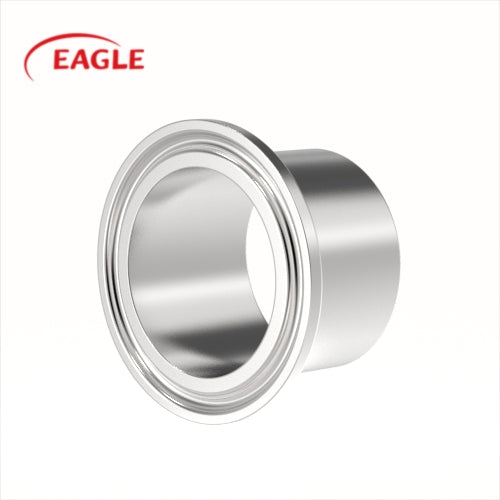
# Sanitary Stainless Steel Fittings for Hygienic Applications
When it comes to maintaining high standards of hygiene in industries such as food and beverage, pharmaceuticals, and biotechnology, the choice of materials and components is critical. Sanitary stainless steel fittings are essential in ensuring that systems remain clean, sterile, and free from contamination. These fittings are designed to meet stringent hygiene requirements, making them ideal for applications where cleanliness is paramount.
## Why Choose Stainless Steel for Sanitary Fittings?
Stainless steel is the material of choice for sanitary fittings due to its unique properties. It is highly resistant to corrosion, which is crucial in environments where exposure to moisture, chemicals, and varying temperatures is common. Additionally, stainless steel is non-porous, meaning it does not harbor bacteria or other contaminants, making it easy to clean and sterilize.
Another advantage of stainless steel is its durability. Sanitary stainless steel fittings can withstand rigorous cleaning processes, including high-pressure washing and steam sterilization, without degrading. This ensures that the fittings maintain their integrity and performance over time, even in demanding applications.
## Types of Sanitary Stainless Steel Fittings
There are various types of sanitary stainless steel fittings available, each designed for specific applications. Some of the most common types include:
– **Tri-Clamp Fittings**: These fittings are widely used in the food and beverage industry due to their ease of assembly and disassembly. They provide a secure, leak-proof connection and are ideal for systems that require frequent cleaning.
– **Butt Weld Fittings**: These fittings are welded directly to the piping, creating a smooth, seamless connection that minimizes the risk of contamination. They are commonly used in pharmaceutical and biotechnology applications.
– **Threaded Fittings**: Threaded fittings are used in applications where a tight seal is required. They are easy to install and are often used in systems that do not require frequent disassembly.
– **Flanged Fittings**: Flanged fittings are used in high-pressure applications and provide a strong, reliable connection. They are commonly used in large-scale industrial systems.
## Applications of Sanitary Stainless Steel Fittings
Sanitary stainless steel fittings are used in a wide range of industries where hygiene is a top priority. Some of the most common applications include:
– **Food and Beverage Industry**: In this industry, sanitary fittings are used in processing equipment, storage tanks, and piping systems to ensure that products remain free from contamination.
– **Pharmaceutical Industry**: Sanitary fittings are essential in the production of pharmaceuticals, where even the smallest contamination can compromise product quality and safety.
– **Biotechnology**: In biotechnology, sanitary fittings are used in bioreactors, fermentation tanks, and other equipment where maintaining a sterile environment is critical.
– **Dairy Industry**: The dairy industry relies on sanitary fittings to ensure that milk and other dairy products are processed and stored in a clean, hygienic environment.
## Conclusion
Sanitary stainless steel fittings play a crucial role in maintaining hygiene and preventing contamination in various industries. Their durability, resistance to corrosion, and ease of cleaning make them the ideal choice for applications where cleanliness is paramount. Whether you are in the food and beverage, pharmaceutical, or biotechnology industry, investing in high-quality sanitary stainless steel fittings is essential for ensuring the safety and quality of your products.
Keyword: sanitary fittings stainless steel
